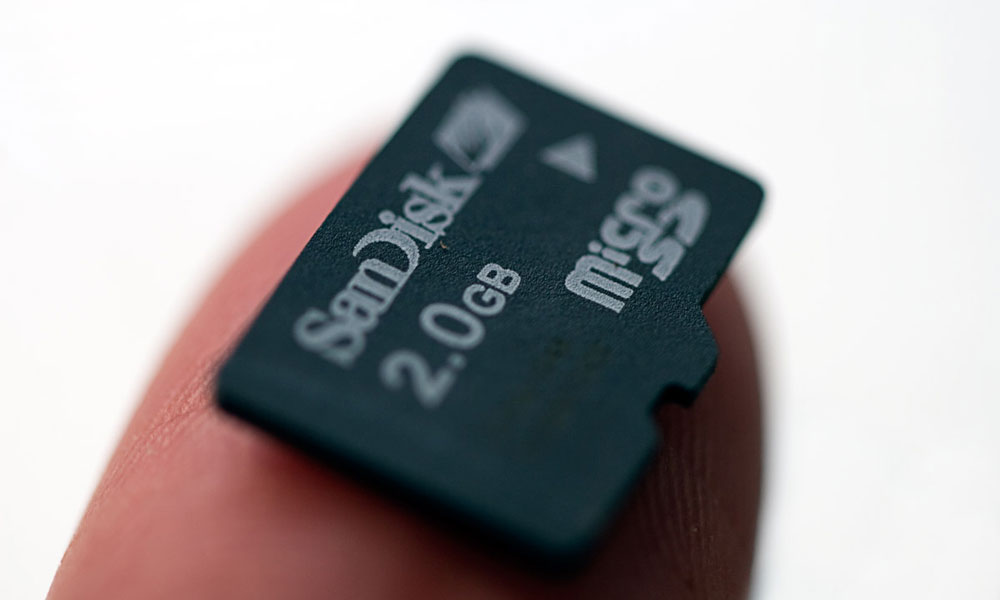
SD Association Wants to Turn Flash Cards Into Mobile Payment Machines
Taking advantage of the large install base of the microSD card among Android users, the SD Association hopes to bring the technology behind mobile payments to phones that don't have it—and to breathe new life into older devices.
The microSD card—the flash memory stick that’s the closest thing you’ll find to a descendant of the floppy disk—is going to get a bit more ambitious down the road.
And the people who stand to benefit from that shift aren’t the ones with the latest and greatest devices.
At Mobile World Congress (MWC) in Barcelona this week, the SD Association, the industry body that sets the standards for the digital-storage mechanism, plans to show off its ongoing efforts to reimagine the card as a way to boost security, enable mobile payments, and connect old devices to the Internet of Things.
The new concept, smartSD, essentially adds a form of tokenization to phones, allowing for a high level of security and convenience in mobile payments. But unlike similar offerings, such as Apple Pay or Google Wallet, this offering would be associated directly with the card, allowing for older devices to use the microSD port as something akin to an extension slot.
(More challenging for the association might be the fact that smartSD is competing against a lot of other smart things at MWC—like smart trash cans, smart glasses, and smart cars. Then again, people like smart things!)
Because many older Android devices don’t have near-field communication, the concept of being able to add it to smartphones with a microSD card could prove appealing—especially because it could be applied to specialized uses beyond payments, such as securing access to a building or creating a system for rewards programs.
“The removability and cross-compatibility of smartSD enables many business models and provides great flexibility for providers and customers,” states a 2014 white paper by the association [PDF]. “With access to more than 78 percent of the mobile phones in the world and the market weight of the SD standard, smartSD gives service providers unequal access to consumer devices.”
The problem, of course, is the other 22 percent, which is mostly made up of iPhones—a platform that has never included a microSD slot. But even in those cases, the association says that special adapters and phone cases would allow iPhone owners to use SD devices. And of course, there’s always the off chance that a future iPhone could make SD support happen.
“This ecosystem becomes virtuous as more parties, users, services and applications, take advantage of smartSD, creating greater value for all,” the association argued in its white paper.
The SD Association’s latest microSD innovations will go on display at a MWC event on Thursday.
(Martin Bekkelund/Flickr)






Comments